Spinal Stenosis and Disability
What is Spinal Stenosis and what causes it?
Spinal Stenosis refers to a narrowing (stenosis) of the spinal canals or openings in the spine where the nerve travel through. It usually affects the lower (or lumbar) spine and is most commonly due to Osteoarthritis, which is an age Published Article by Carlo Ammendolia related degenerative or wear and tear type of arthritis that affects the spine. Lumbar Spinal Stenosis is a leading cause of pain, disability and loss of independence in older adults and the most common reason for spine surgery in people over the age of 65.
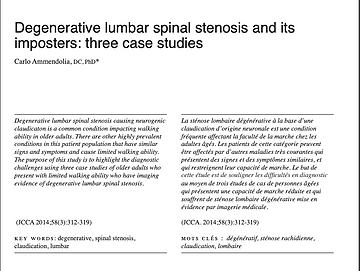
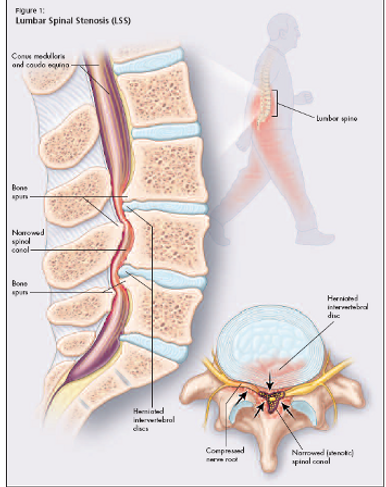
What are the symptoms of Lumbar Spinal Stenosis?
Narrowing of the spinal canals can lead to compression of the spinal nerves and can cause pain, burning, numbness, tingling and weakness of the legs, buttock and lower back.
The symptoms usually are brought on with standing and walking because the standing and walking posture further narrows the spinal canals. People with lumbar spinal stenosis can only stand or walk for short periods of time, which significantly impacts their quality of life. Many are compelled to live a more sedentary lifestyle, which leads to further decline in their overall health.
Can Spinal Stenosis cause hip pain?
The most common location for pain from Lumbar Spinal Stenosis is the buttock and lateral hip pain. The most common location of pain from degenerative hip disease is also the buttock and lateral hip. Therefore, it is very important to determine the specific source of the pain in order to get the right treatment. Your health professional will perform specific examination tests and sometimes recommend x-rays and other imaging to determine if the pain is coming from the spine or the hip.
What is Hip-Spine Syndrome?
Hip-Spine Syndrome is a condition where both lumbar spinal stenosis and degenerative hip disease occurs at the same time. This is not uncommon because both these conditions are highly prevalent in older adults. Treatment will have to address both conditions.

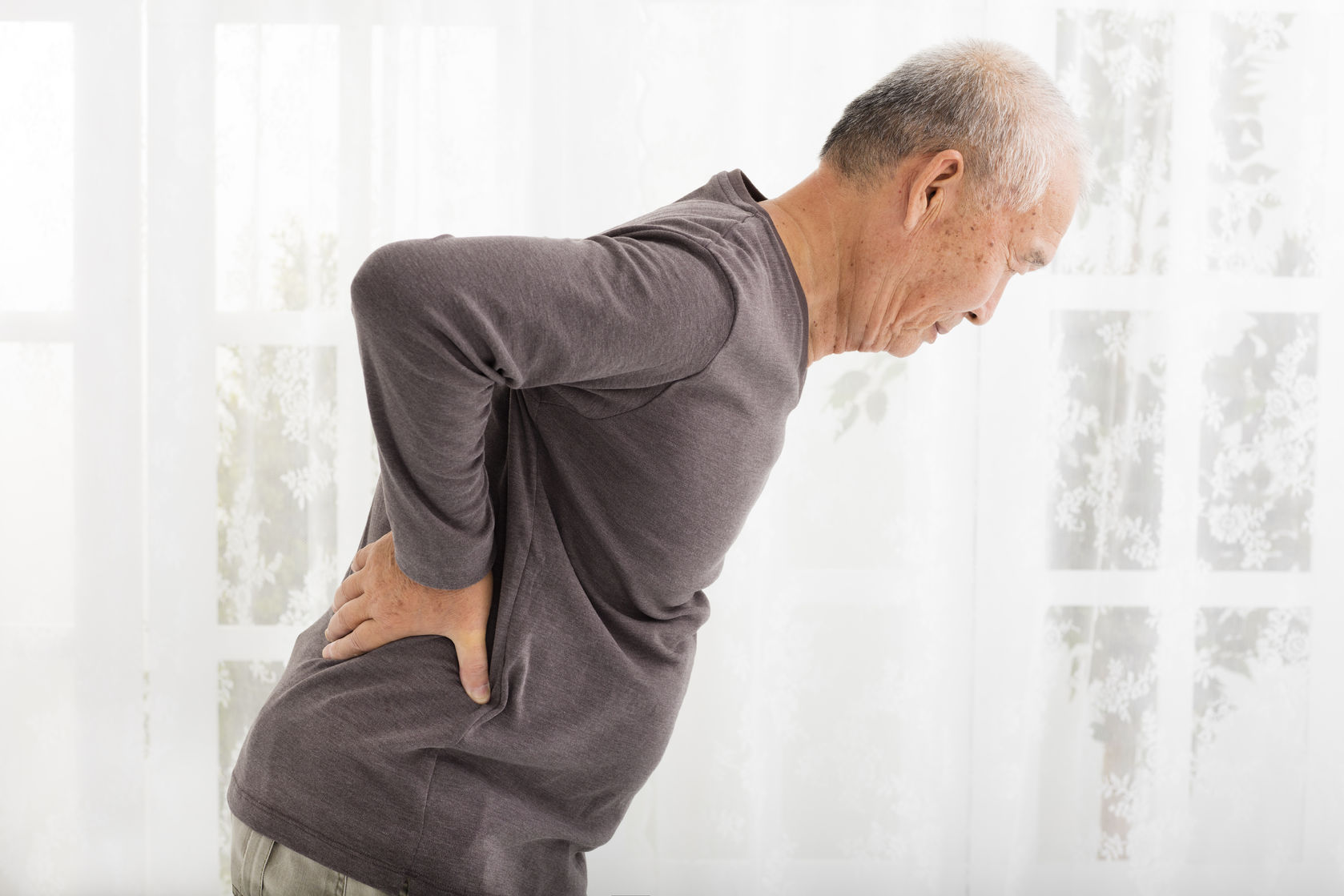
Is Spinal Stenosis hereditary?
There are several hereditary factors that can increase the risk for developing spinal stenosis. In addition to the normal age-related wear and tear in the spine, some people inherit more aggressive forms of Osteoarthritis that lead to excessive and more rapid spinal degeneration. People can also inherit smaller spinal canals or are born with a weakness in the spinal bones that can lead to a slippage of a vertebrae over another. These inherited factors often lead to developing spinal stenosis related disability earlier in life.
Is there a cure for Lumbar Spinal Stenosis or is the disability permanent?
There is no cure for spinal stenosis. Not even surgery can cure spinal stenosis. This is because once the spine (discs, joints and ligament) wears down or degenerate they cannot be restored. Moreover, the older the spine becomes the more likely the wear and tear will progress. Surgery usually involves removing bone to provide more space for the spinal nerves and can usually provide relief of leg symptoms but not back pain. However, the benefits of surgery diminish over time and there is a higher risk for complications, especially with increasing age. There are effective nonoperative treatments Like the Boot Camp Program for Lumbar Spinal Stenosis that has been clinically proven to improve pain and walking ability and overall function both in the short and long-term. However, The Boot Camp Program for Lumbar Spinal Stenosis does not provide a cure but aims to train individuals on how to reduce pain and disability and maintain functional independence for life.
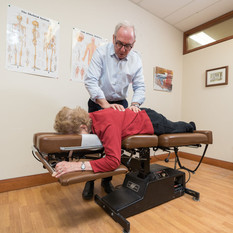
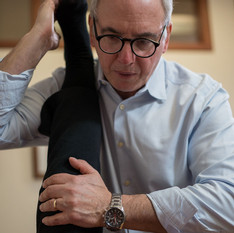
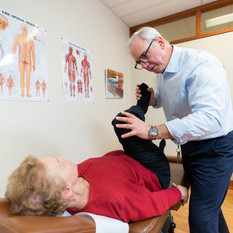

אין אונות דירות דיסקרטיות בראשון לציון
Great content! Keep up the good work!
Ankylosing Spondylitis is not limited to the involvement of only the spine/joints. There are chances that a person with AS might also have involvement of other organs like lungs, gut, heart, eyes, kidneys, etc.